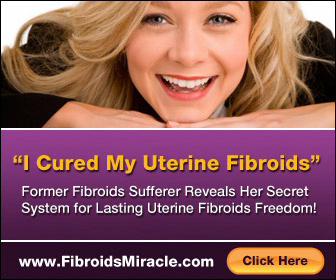Uterine Fibroids Regrowth: Is This Possible?
Women who are suffering from the symptoms of uterine fibroids tumors would understandably consider having the growths removed. It’s not as easy as it sounds, though. There are cases when women who have gone under the knife have had to undergo another surgery because of recurrence. To find out if fibroids regrowth is possible, you need to understand how fibroids grow and learn about how the surgical removal procedures are done.
Remember that not all surgical procedures to remove fibroids can guarantee that you will never have to suffer from their symptoms again. There are several surgical procedures to examine and choose from with their own pros and cons to weigh. You need to know which procedures remove fibroids and which ones prevent them from growing back as well. You also have to think about what you will be putting your body through and what current and future risks you have to deal with.
Making the Decision to Remove Uterine Leiomyomas
Fibroids are not usually dangerous to your health. These benign growths do not eventually become cancerous. In cases when their symptoms are bearable and manageable, doctors do not recommend surgical treatment. However, when they are big enough to possibly cause more serious health problems, having the tumors removed is often the best option.
The most common options presented for fibroids removal are hysterectomy and myomectomy. Both are surgical procedures that are done in-patient and that require post-operative care. They both give relief from fibroids symptoms, but not both are permanent cures. The decision to choose one over the other would depend on where the fibroids are located, how big they are, and if you still want to have children in the future.
Consider these pros and cons:
Myomectomy –
A myomectomy surgery removes only the fibroids and keeps the uterus intact.
PROs: You get relief from fibroids symptoms with this surgical solution. At the same time, you get to keep your uterus so you can still have babies if you want to. Hospital and recovery time is relatively short compared to other surgical options for fibroids removal.
CONs: Since your uterus is still intact, you are likely to develop fibroids again. The fibroids that were already removed will not grow back at all. But, new ones are likely to form.
Prognosis: About 30% of women who undergo a myomectomy would need to go through the same or another removal procedure several years down the road. New tumors may develop within a year or two from the surgery.
Hysterectomy –
In a hysterectomy surgery, the uterus is removed. You have the option to have your ovaries and cervix removed too, but it’s not necessary.
PROs: This is a good option for large fibroids and the only option left for those who have failed to get relief from fibroids symptoms through other medications and treatment procedures. There are those who opt for myomectomy and end up still getting a hysterectomy.
CONs: When your uterus is removed, you cannot have a baby anymore. If you opt to have your ovaries removed as well, you will experience hormonal changes and early menopause. Recovery time may also take about a month or two.
Prognosis: Patients who get hysterectomies no longer have to experience the symptoms of fibroids. This surgical procedure is the only solution that permanently gets rid of uterine fibroids. Removed fibroids will not regrow and new fibroids will not develop.
Easing Worries about Fibroids Regrowth
If you are worried about fibroids tumors in the uterus growing back fast once removed, a hysterectomy surgery is your best option. But, you have to accept the repercussions. Otherwise, you may consider other options just to manage your uterine fibroids symptoms so they do not affect your daily routine, mental disposition, and physical capacity.


